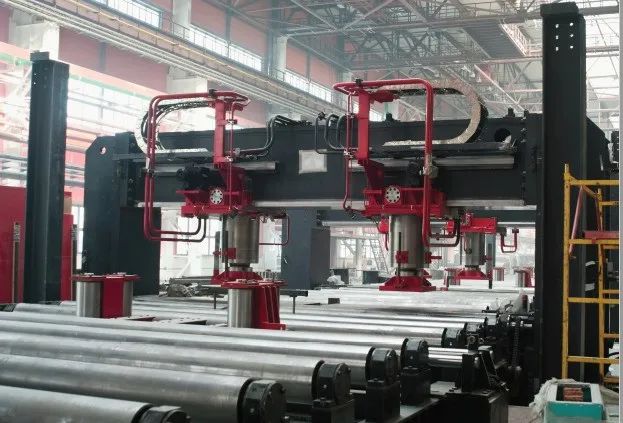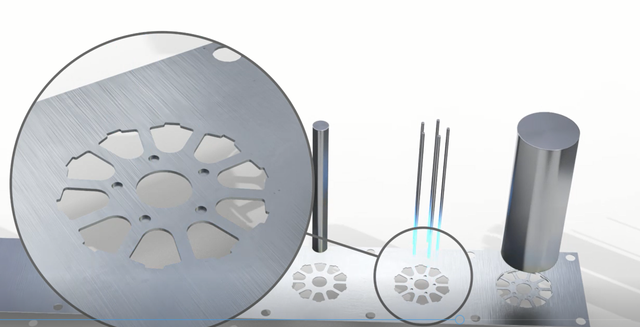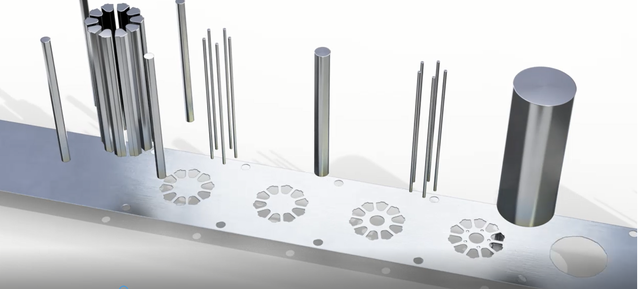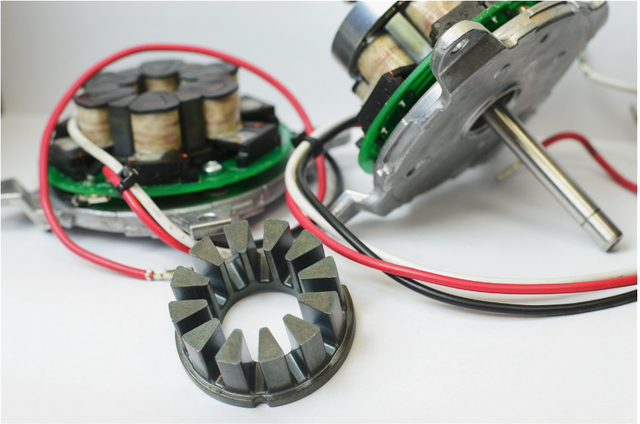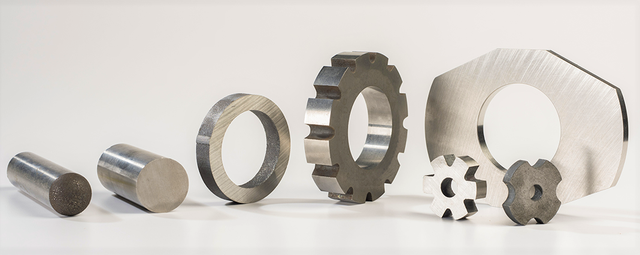How does the motor manufacturing industry implement carbon neutrality, reduce carbon emissions, and achieve sustainable development of the industry?
The fact that 25% of the annual metal production in the motor manufacturing industry never ends up in products but is scrapped through the supply chain, a fact that metal forming technology in the motor industry has great potential to reduce metal waste. The main environmental impact of the metallurgical industry clearly comes from the original production of metals from ores, which are highly optimized. Downstream metal forming processes, which have been tuned for maximum output, turned out to be very wasteful. Probably about half of the metal produced in the world each year is unnecessary, with a quarter of metal production never reaching product, being cut off after blanking or deep drawing.
Designing or machining higher strength metals
Using advanced machining such as servo presses and controlled rolling can reduce material loss and produce higher strength parts, and hot stamping expands the applicability of high-strength metals to parts . Traditional sheet metal forming complex geometries, advanced cold forging reduces material waste by forming more difficult shapes for better performance and reduced machining requirements. The Young’s modulus of metallic materials is basically determined by the underlying chemical composition with little change fundamentally, and innovative processing in composition and thermo-mechanical aspects significantly increases the strength of the metal. In the future, as machining processes continue to evolve, improved component designs will allow for increased strength while increasing stiffness. For metal forming (fabrication) engineers to achieve high stiffness, high strength, low cost parts Collaborate with component designers to design lighter, stronger product shapes and structures, and with materials scientists to develop stronger and stronger Economical metal.
Reduce yield losses in the sheet metal supply chain
Blanking and stamping scrap currently dominates the use in motor manufacturing, with an average of about half of the sheets ending up in the motor industry, with an industry average yield of 56% and best practice around 70%. Material losses that are not involved in processing are relatively easily reduced, for example by nesting different shapes along the coil, which is already common practice in other industries. Stamping losses associated with useless strips during deep drawing may not be completely eliminated and may be reduced in the future. The use of double-action presses is replaced by alternative methods to form parts in net shape, the possibility of axisymmetric parts made by rotation, this technical opportunity has not been fully studied, and there is a need to continue to reduce defect rates in stamping technology and product and process design loss.
Avoid overdesigning
Motor manufacturing built with steel and steel frames often overuse steel by up to 50%, steel costs are low and labor costs are high, the cheapest way for motor manufacturing is often to use additional steel to avoid the design as well as the manufacturing costs required to use . For many motor projects, we don’t know the loads that will be applied over the life of the motor, so take extremely conservative designs and design them for the highest loads imaginable, even if there is no possibility of that happening in practice. Future engineering education can provide more training on tolerances and dimensions to help reduce overuse, and a better understanding of the characteristics that arise in component manufacturing will help avoid such overuse.
Powder-based processes (sintering, hot isostatic pressing or 3D printing) are often inefficient in terms of energy and material usage. If you are used to making entire parts, powder processes combined with traditional metal forming processes for local details may provide some efficiency gains for overall energy and material efficiency, and composite polymer and metal powder injection molding may improve efficiency. An initiative to hot-roll a custom soft-magnetic composite (SMC) material that could save about one-third of the metal required for the stator/rotor has shown technical promise, but failed to generate commercial interest. The motor industry is not interested in innovation because cold rolled sheet for stator/rotor is already cheap and customers are not interested as they will see little difference in cost and may not be suitable in special cases.
Keep products in service longer before replacing them
Most products are replaced and last longer before they “break”, and the drive for innovation depends on new business models where all metals are developed and maintained by companies focused on optimizing material life.
Improved recycling of scrap metal
Traditional melt recycling depends on control of metal composition, copper contamination in steel recycling, or alloying in mixed casting and forging recycling can reduce the value of metals made from scrap. New ways to identify, separate and sort different metal scrap streams can add considerable value. Aluminum (and possibly some other non-ferrous metals) may also be recycled without melting by solid bonding, and cleaning extruded aluminum chips may have properties equivalent to virgin material and solid-state recycling, which appears to be efficient. Currently, processing other than extrusion can cause surface cracking issues, but this can be addressed in future process development. The scrap market currently seldom discerns the exact composition of scrap, instead valuing it by source, and the recycling market in the future could be more valuable by creating energy savings for recycling and a more segregated waste stream. How emissions from the manufacture of new materials affect (materialized emissions), contrast the effects of using products manufactured in different ways (use-phase emissions), product design can facilitate the improvement of materials by combining the development of manufacturing technology and scrap metal recycling Effective use and reuse.
in conclusion
Getting used to new flexible processes can offset over-engineering, the incentive to commercially implement material-saving processes is currently weak, and there is no globally accepted mechanism to deliver upstream, low-value impacts. But high-emissions processes, to downstream high-value low-emissions processes, make it difficult to create a business case for efficiency gains. Under current incentives, material suppliers aim to maximize sales, and the manufacturing supply chain is primarily geared towards reducing labor costs rather than material costs. The high asset cost disposal of metals results in long-term lock-in of established practices, with customers and end users having little incentive to drive material savings unless it creates substantial cost savings. As the need to reduce global carbon dioxide emissions increases, the motor manufacturing industry will face increasing pressure to add more value materials to fewer new products, and the motor manufacturing industry has already demonstrated great potential for innovation.
Post time: Jul-30-2022
